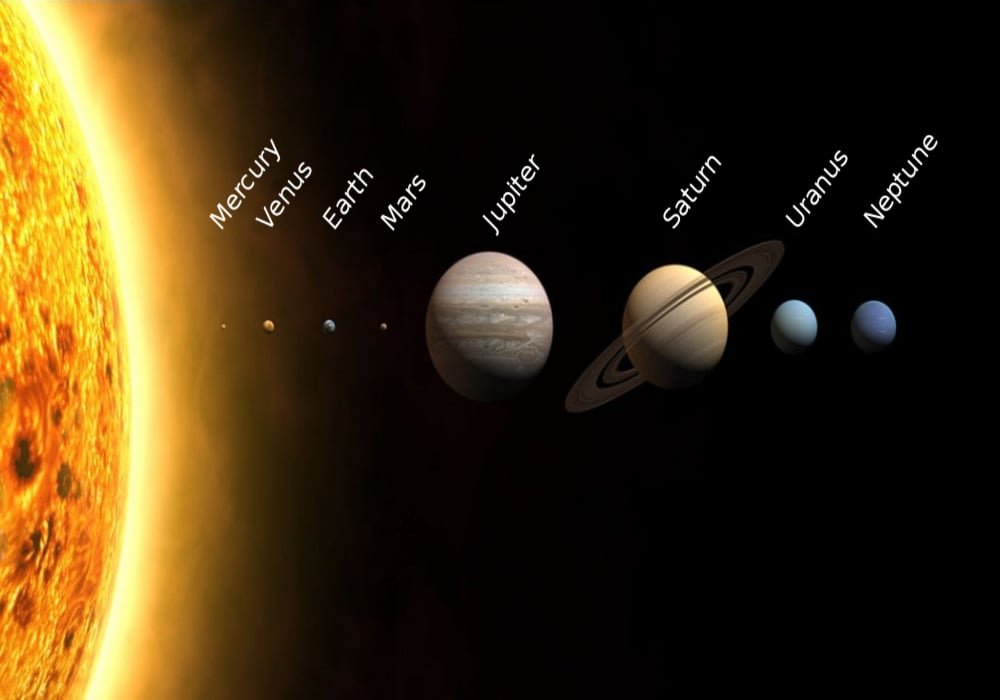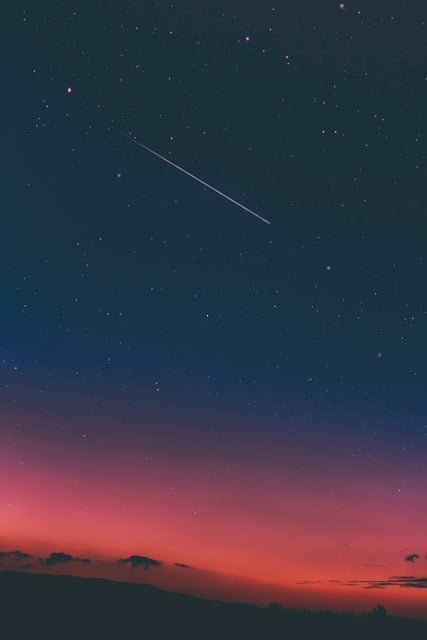The order of the planets closest to the sun
Here is a list of the order of the planets closest to the sun:
1. Mercury
It is a planet close to the sun. This planet is often referred to as the Dusk Star and Morning Star. This planet does not have a single Natural Planet. The distance of the Planet Mercury from the Sun, is 57.9 million km (35.97 million miles) with a rotation time of the Planet Mercury of 59 days and when the Revolution of Planet Mercury is around 88 days.
2. Venus
Venus takes about 224.7 Earth days. One thing we need to know, that Venus does not have natural satellites, like the earth and other planets.
Venus has a size similar to the size of Earth, where the Planet Venus is 0.815 the size of Earth, thus Venus is often nicknamed the Planet “Brother” Earth because of its very similar size. The planet Venus has no natural satellites.
The planet Venus is often referred to as the Morning Star, East Star and Morning Star. The distance of the Planet Venus from the Sun is 108.2 million km (67.2 million miles) with a Rotation Time of 143 days and a revolution of 22.4 days.
3. Earth
The Earth’s distance from the Sun is 150 million km (93.2 million miles), with the Earth’s rotation time being 365.25 days and the Earth’s rotation time is 24 hours.
Earth has a natural satellite called the Moon, the Moon is the largest satellite of the terrestrial planets in the Solar System.
4. Mars
The distance of Mars from the Sun is 247.1 million km (153.5 million miles) with a Rotation Time of Mars for 25.62 Hours and a Revolutionary Time for 687 Days.
Mars is the fourth closest planet to the Sun. Its name is taken from the Roman god of war, Mars. This planet, too, is often dubbed the “Red Planet” because it looks reddish from afar. This is due to the presence of iron oxide on the surface of the planet Mars. The planet Mars has 2 satellites, namely Phobos and Deimos.
Read also: Planet Distance to Sun | How Far Are The Planets From The Sun?
5. Jupiter
The distance of the planet Jupiter from the Sun is 778 million km (483.4 million miles), with its rotation time of 9hm and 55 minutes and its revolution time of 11.9 years.
Jupiter is a gas giant with a mass of 1/1000 the mass of the Sun and two and a half times the mass of all the other planets in the Solar System. This planet and the other gas giants in the Solar System (i.e. Saturn, Uranus, and Neptune) are sometimes called the Jovian or Outer Planets. According to Ancient Rome Jupiter was the King of Heaven. Planet Jupiter has 16 satellites, including Lo, Europa, Gannymeda and Callisto.
6. Saturn
Saturn’s distance from the Sun is 1426 million km (886.07 million miles), with a revolution of Saturn for 29.5 years and a rotation of 10.7 hours.
The planet Saturn in the solar system, also known as the ringed planet, is the second largest planet in the solar system after Jupiter. Saturn is very far from the sun, which is why Saturn is not very clear from Earth. Saturn has 18 satellites and the largest is named Titan.
7. Uranus
Planet Uranus is the third largest planet in the solar system and is the fourth heaviest planet. The atmosphere on Uranus is the same as that of Saturn and Jupiter, which both contain hydrogen and helium.
The distance of Uranus from the Sun is 2880 million km (1789.5 million miles), with a revolution time of 84 years and a rotation of 17 hours.
8. Neptune
Neptune’s distance from the Sun is 2,869 million km (1782.7 million miles), with a revolution time of 165 years and a rotation of 6 hours.
Neptune is the farthest (eighth) planet when viewed from the Sun. This planet is named after the Roman god of the seas. Neptune is the fourth largest planet by diameter (49,530 km or 30776.5 miles) and the third largest by mass. Neptune’s mass is recorded to be 17 times greater than that of Earth. Neptune has 8 satellites and there are 3 of the largest, namely: Triton, Nereid, and Proteus.
Note: Pluto is no longer considered a planet since August 24, 2006 according to the order of the planets closest to the sun.
The Solar System Is
The Solar System is a collection of celestial banda (planets and other celestial bodies) consisting of a star called the Sun and all objects that are bound by gravity.
The Solar System itself is divided into the Sun, four inner planets, the Asteroid Belt, four outer planets and the Kuiper Belt and a scattered disc which includes the outermost part.
Planet Is
Planets are celestial bodies that cannot give off heat or light and move around the Sun constantly. The number of planets determined by the International Astronomical Union or IAU (International Astronomical Union) is 8 planets.
Sources: Nasa, PinterPandai, Wikipedia
Photo source: Wikimedia Commons
Earth Magnetic Field | Nicknamed “earth shield” by Scientists



